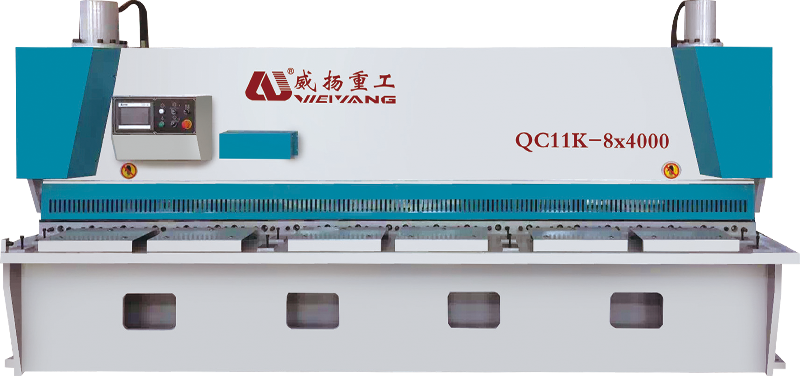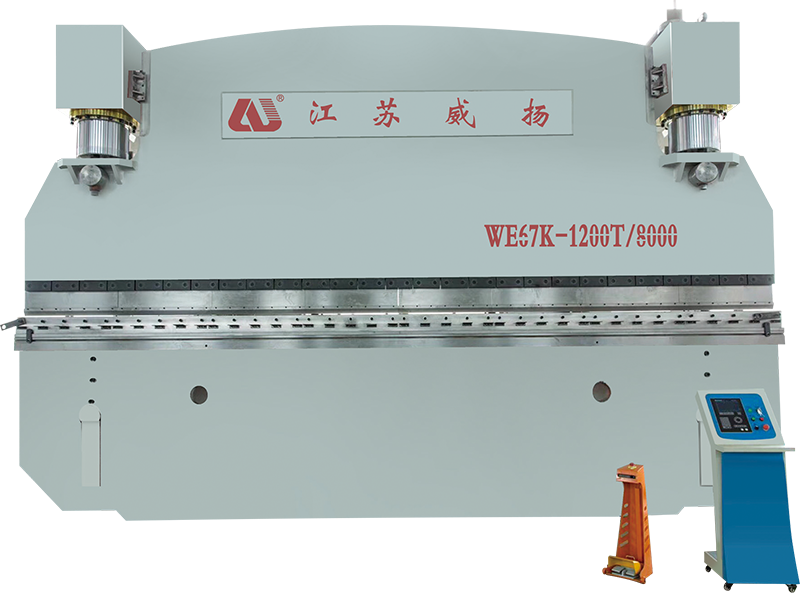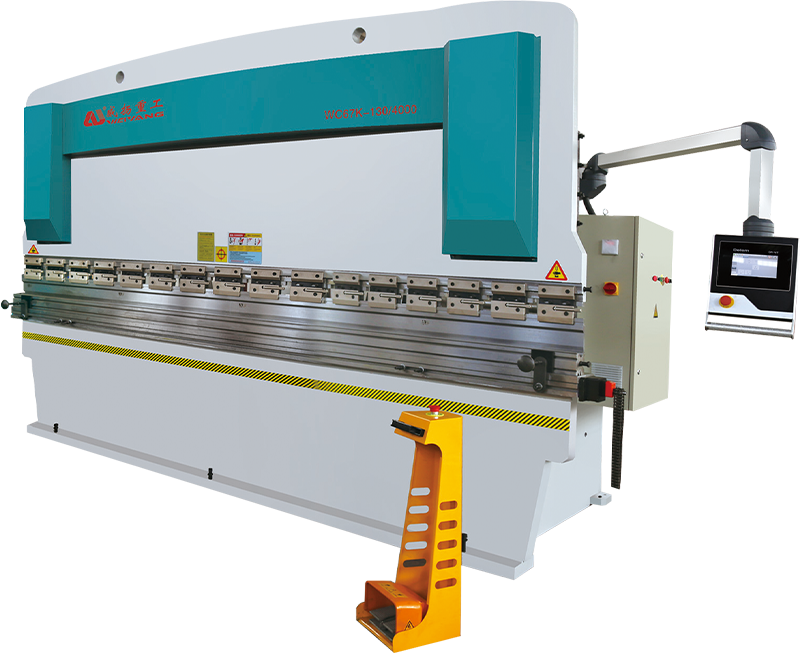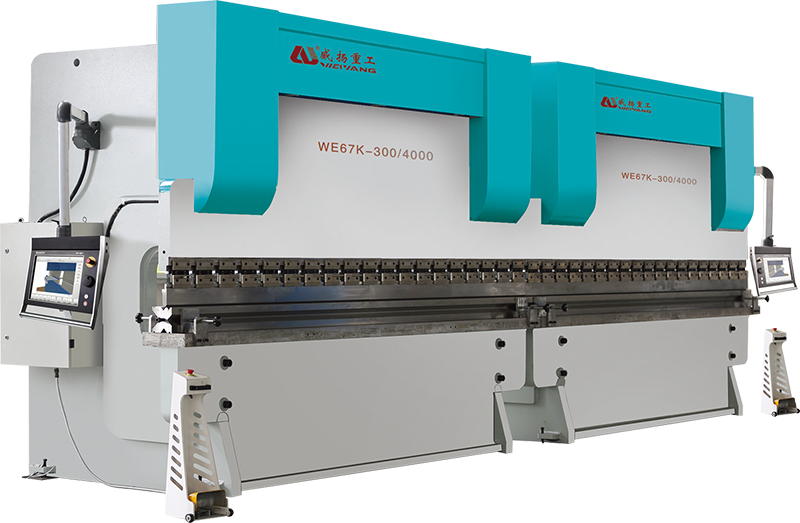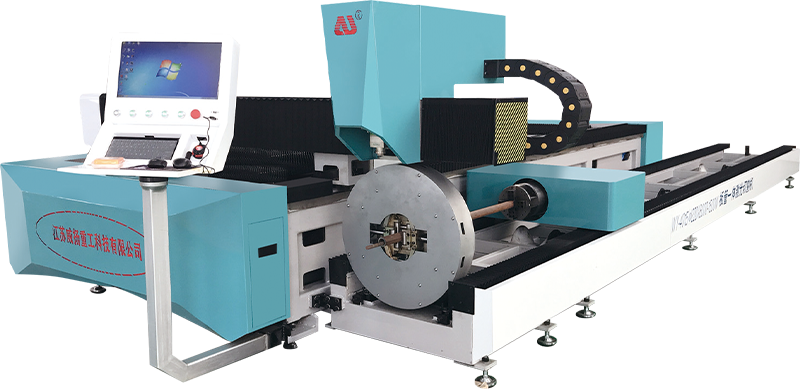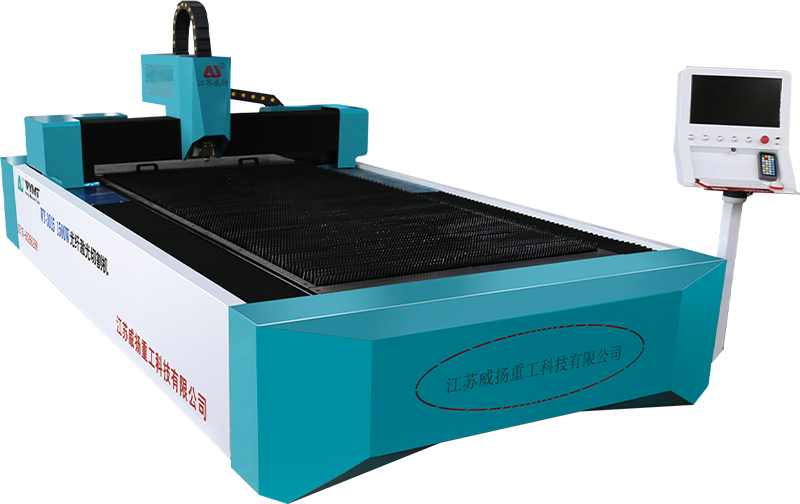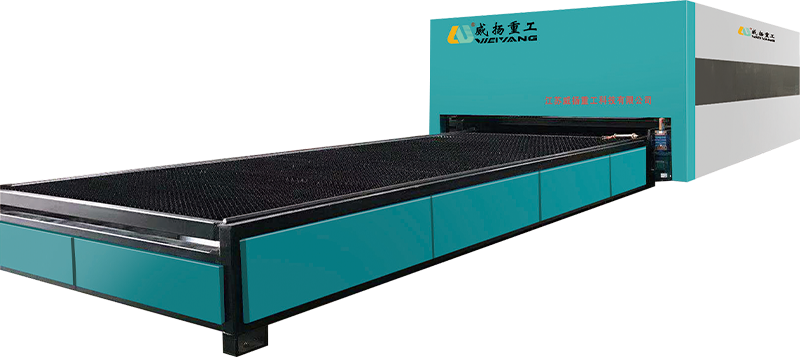How does the Handheld Snow Blower handle ice buildup, and does it have features that prevent clogging or freezing during operation?
Handheld snow blowers are generally engineered with an auger system that is capable of breaking through compacted snow and small layers of ice. The auger is typically constructed from durable materials like reinforced metal or high-strength plastic, allowing it to handle harder, more frozen conditions without significant wear. However, while these blowers are effective against light to moderate ice buildup, they may struggle with thick layers of ice, especially when the snow blower’s motor or power output is not designed to handle such challenging conditions. As such, users may find that snow blowers with higher wattage or more powerful motors tend to perform better when dealing with icy snow, though they still may not be as effective as larger, gas-powered models in extremely icy situations.
The significant design consideration in handheld snow blowers is preventing clogging, which often occurs when wet or slushy snow combines with freezing temperatures. Many handheld models come with optimized auger systems designed to break up and move ice and snow quickly through the chute, helping to reduce the likelihood of blockages. The design of the chute itself is often engineered with wider openings and smoother surfaces to ensure that snow and ice flow freely without accumulating. Some high-end models also incorporate self-cleaning mechanisms, where the auger or chute is designed to automatically expel any stuck snow, effectively reducing the need for manual intervention during operation. These design improvements are crucial for enhancing the blower’s overall efficiency, ensuring it continues to function without interruptions even in suboptimal conditions.
To operate efficiently in cold temperatures, many handheld snow blowers are constructed using cold-resistant materials that prevent the machine’s components from becoming brittle or breaking under freezing conditions. The augers, chutes, and other moving parts are often made of specialized, reinforced plastics or metals that are resistant to freezing, which helps maintain their flexibility and function. These materials are designed to resist ice buildup, which can otherwise impede the blower's performance. In more advanced models, manufacturers may apply non-stick coatings or use rubberized augers that help prevent snow and ice from adhering to the moving parts. This makes the blower more reliable over extended use, particularly in harsh winter conditions where temperatures regularly dip below freezing.
Some of the latest handheld snow blowers are equipped with built-in antifreeze technology to mitigate the formation of ice during operation. For example, certain models feature heated components, such as a heated chute or heated auger, which work to prevent ice from accumulating inside the blower. This feature is particularly useful in areas with persistent wet snow or freezing rain, where traditional snow blowers may quickly become clogged with ice. The inclusion of such technologies ensures that the blower maintains its efficiency, even under extreme weather conditions, and helps to ensure that the snow is cleared continuously without any disruptions caused by freezing or clogging.
While many handheld snow blowers come with built-in features designed to handle ice buildup, users should still be mindful of certain practical considerations to ensure the blower continues to function optimally. In conditions where snow is particularly wet, dense, or icy, it is recommended that users periodically stop the machine to check for any accumulation within the chute or auger. If ice begins to form, gently clearing it by hand or with a non-abrasive tool can help maintain smooth operation. Using the blower in short bursts may prevent prolonged exposure to wet or icy conditions, reducing the risk of ice buildup in the first place. Regular maintenance, such as cleaning the blower after each use, will also help prevent snow from sticking to the machine's parts and will keep the blower operating at peak efficiency over time.






